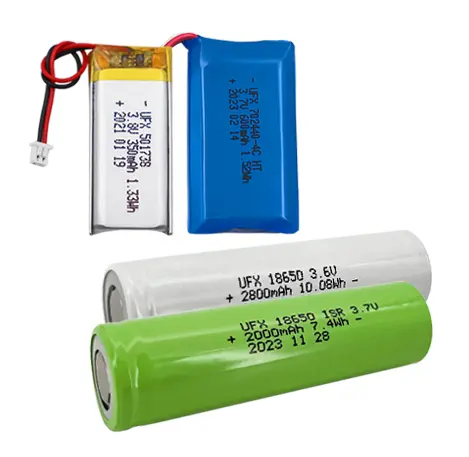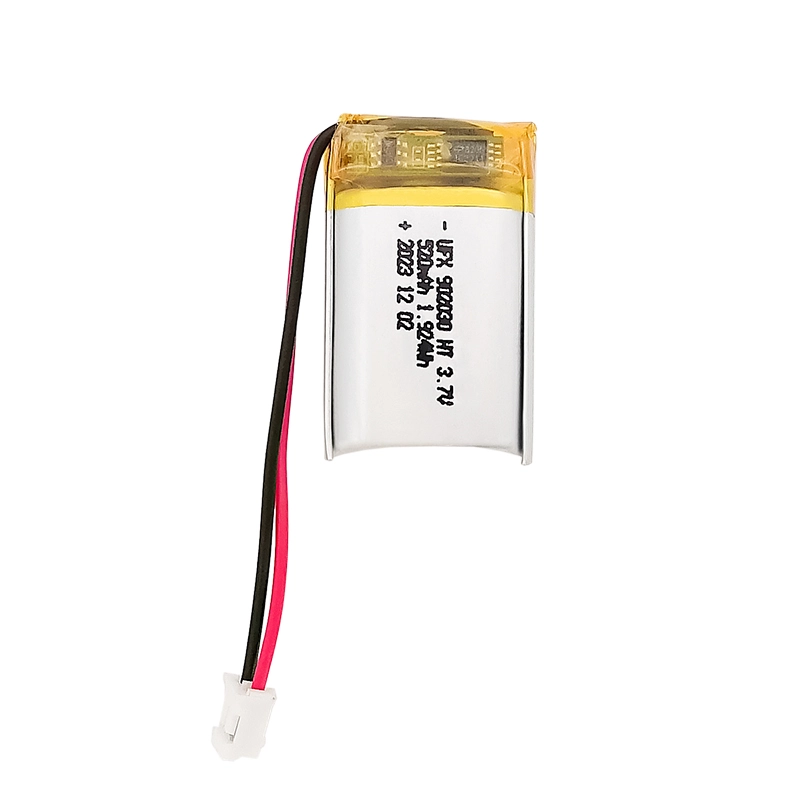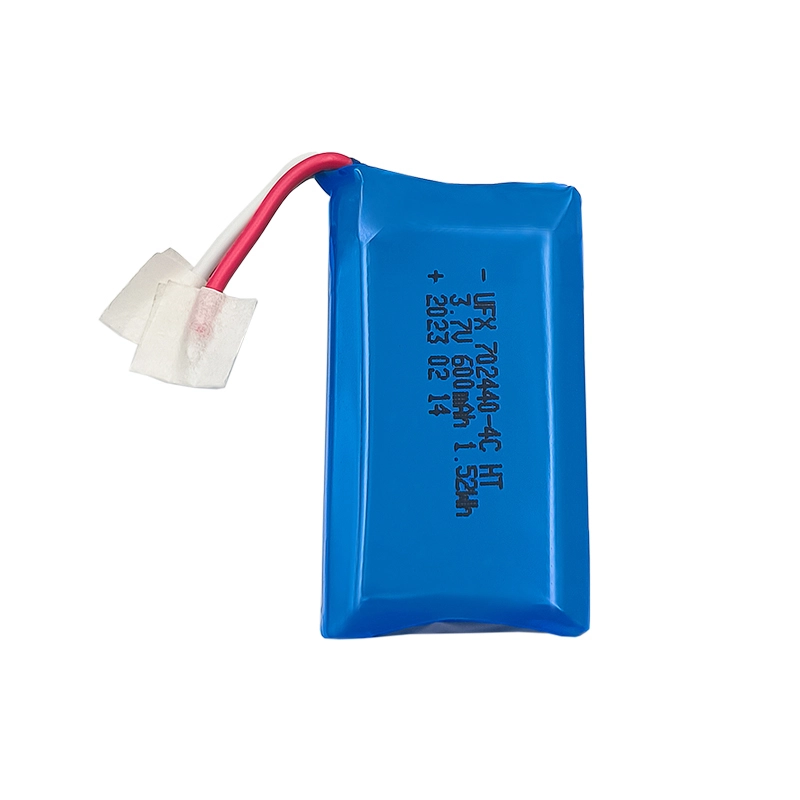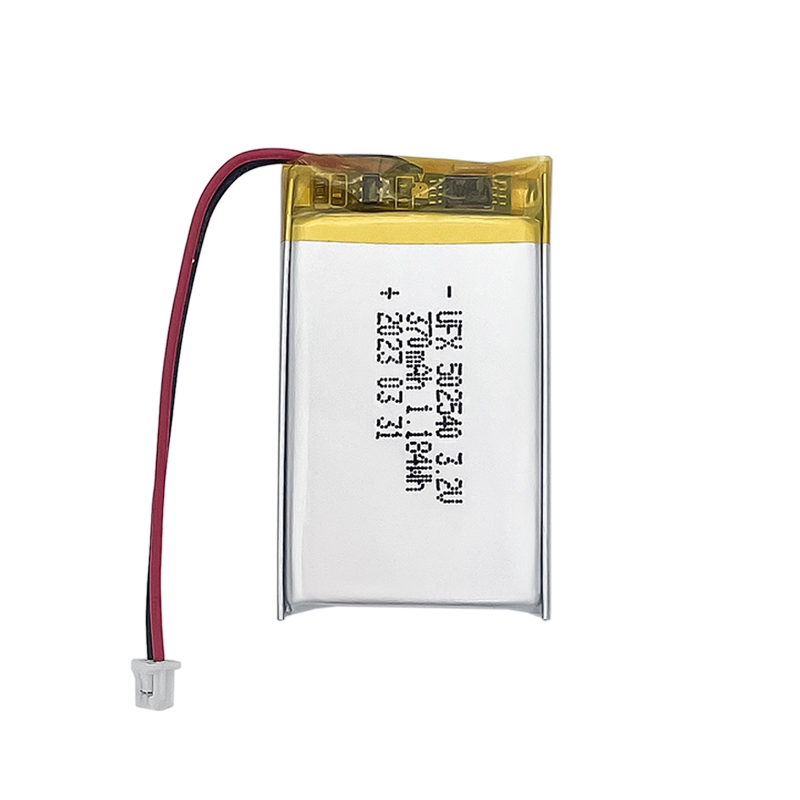Applications of High Temperature Lithium Battery

Hand Warmer Battery
Typically, hand warmers are powered by rechargeable lithium-ion (Li-ion) or lithium polymer (LiPo) batteries. These battery types have a high energy density, are lightweight, and are ideal for providing long-lasting heating energy for hand warmers.

Tire Pressure Monitor Battery
Tire Pressure Monitoring Batteries are small batteries used in Tire Pressure Monitoring Systems (TPMS), which usually use lithium batteries as a power source because of their compact size and high energy density.

Wearable Device Battery
These batteries are popular in wearables due to their thin and flexible design, perfect for devices that are small. Their ability to provide high energy density while maintaining the compact form factor of the device provides a great balance.
Related Articles

What are Lithium Polymer Batteries?
Explore the versatility of lithium polymer batteries with their high energy, lightweight design, and ultra-thin properties, customizable to various shapes and capacities, catering to specific product requirements.
2024-1-4 Henry
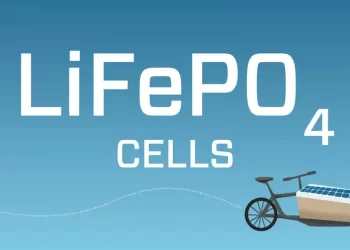
What is a LiFePO4 Battery2?
Discover the significance of LiFePO4 batteries with their unique chemistry and diverse industrial applications. Explore their construction, advantages, limitations, and role in the energy storage ecosystem in a comprehensive article.
2024-1-4 Henry

What is the Self Discharge Rate of Li-ion Battery?
Discover the impact of self-discharge on Li-ion battery performance and longevity. Explore rates, influencing factors, and effective strategies to maintain optimal performance in our comprehensive guide.
2024-1-4 Henry
FAQs About High Temperature Lithium Battery
-
What applications are best suited for thin film batteries?
Thin film batteries are perfect for applications in wearable technology, smart devices, and any product where size and weight are critical factors. They provide reliable power without adding significant bulk. -
How do I know if a thin film battery is right for my product?
To determine if a thin film battery is suitable, consider your device's size, power requirements, and usage conditions. Ufine Battery's team can help you assess your needs and select the appropriate thin battery. -
Can I customize a curved battery for my smart ring?
Yes, Ufine Battery offers customization options for curved batteries, allowing you to tailor the size, voltage, capacity, and shape specifically for your smart ring design. -
How can I determine if a curved battery is suitable for my device?
To assess the suitability of a curved battery for your device, consider the shape, size, and power requirements. Ufine Battery's experts can guide you in selecting the right curved battery for your smart ring or other wearable devices. -
What does high rate of battery discharge mean?
A high rate of battery discharge means the battery can release its stored energy quickly, measured in current (amperes) or C-rate. It is essential for applications needing rapid power, such as electric vehicles and power tools. -
What is the best battery discharge rate?
The best battery discharge rate varies by application. For consumer electronics, a rate of 0.5C to 1C is usually sufficient. For high-performance uses like electric vehicles, higher rates (2C to 10C or more) may be needed. -
Which battery is best for high temperature?
Lithium iron phosphate (LiFePO4) batteries are best for high temperatures due to their excellent thermal stability and safety. -
What is the high temperature for a LiFePO4 battery?
The high temperature limit for LiFePO4 batteries is around 60°C (140°F) for continuous use. They can handle short-term exposure up to 85°C (185°F). -
Can low temperature batteries be charged in cold conditions?
Yes, many low temperature batteries can be charged in cold conditions, but charging rates may be reduced to protect the battery's health. It’s important to refer to the manufacturer's guidelines for optimal charging temperatures to ensure safety and longevity. -
What applications are suitable for low temperature batteries?
Low temperature batteries are ideal for applications such as outdoor power tools, winter sports equipment, electric vehicles in cold climates, and any devices that may be used in frigid conditions. Their design ensures reliable performance where traditional batteries may fail.
